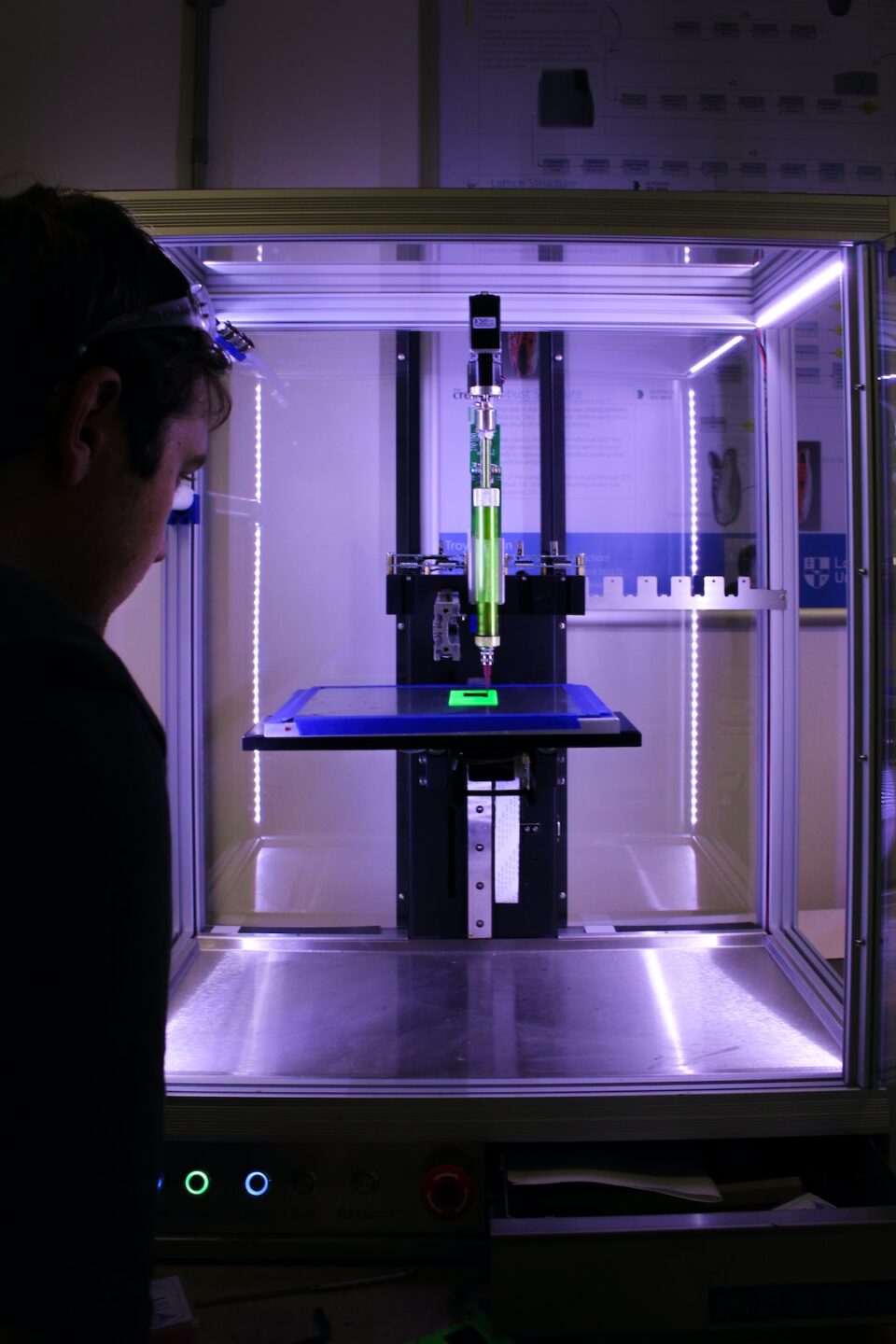Material Selection in Manufacturing: Choosing the Right Materials for Product Development
In the world of manufacturing, choosing the right materials for product development is crucial to achieving success and long-lasting products. The material selection process involves considering various factors such as functionality, cost-effectiveness, durability, and sustainability. Manufacturers need to strike a balance between these factors to create high-quality products that meet market demands. In this blog post, we will explore the importance of material selection in manufacturing and outline some key considerations when choosing the right materials for product development.
Why is Material Selection Important in Manufacturing?
Material selection plays a vital role in the manufacturing process for several reasons. Firstly, it directly impacts the functionality and performance of a product. For example, engineering components require materials with specific properties like high strength, thermal stability, and corrosion resistance. By using the right materials, manufacturers can ensure their products meet the desired performance requirements and deliver optimal results.
Secondly, material selection impacts the cost-effectiveness of manufacturing processes. By choosing materials that are readily available and cost-effective, manufacturers can improve the overall profitability of their operations. Additionally, materials that are easy to process and handle can help streamline production efficiency, reducing manufacturing costs and lead times.
Thirdly, the durability of a product heavily depends on the materials used. A durable product not only enhances customer satisfaction but also reduces the need for frequent replacements or repairs. By selecting materials with the right combination of strength, toughness, and resistance to wear and tear, manufacturers can extend the lifespan of their products, ultimately reducing the environmental impact and improving sustainability.
Key Considerations for Material Selection in Manufacturing
1. Functionality: The primary consideration when selecting materials is to define the intended purpose and functionality of the product. This involves understanding the requirements of the application, such as temperature resistance, load-bearing capabilities, flexibility, and electrical conductivity. By identifying these functional specifications, manufacturers can narrow down their search for materials with compatible properties.
2. Cost-effectiveness: Manufacturers must strike a balance between material performance and cost. While it may be tempting to opt for the highest-performing material, it may not be the most cost-effective choice. Considering factors such as material availability, price, and ease of processing can help identify materials that offer a good balance between functionality and cost-effectiveness.
3. Durability: To ensure the longevity of a product, manufacturers need to assess the potential environmental factors that can degrade or damage the materials. Factors like exposure to moisture, chemicals, UV radiation, or mechanical stress need to be considered. By selecting materials with inherent resistance to these factors or through the use of protective coatings, manufacturers can enhance the durability of their products.
4. Sustainability: Sustainable manufacturing practices are becoming increasingly important in today’s environmentally conscious world. Manufacturers should consider the environmental impact of materials, including their sourcing, production, and disposal. Opting for materials that are recyclable, renewable, or have a lower carbon footprint can contribute to sustainable production and reduce the negative impact on the planet.
5. Compatibility: When multiple materials are used in a product, it is important to consider their compatibility. Materials with different rates of expansion or contraction under temperature changes may cause structural integrity issues. Compatibility testing and analysis can help identify potential issues and ensure the selected materials work harmoniously together.
Conclusion
Material selection is a critical step in the manufacturing process and can heavily influence the success of a product. By considering factors such as functionality, cost-effectiveness, durability, and sustainability, manufacturers can make informed decisions when choosing materials for product development. Striking the right balance between these factors ensures the creation of high-quality, durable, and sustainable products that meet market demands. With careful material selection, manufacturers can optimize their manufacturing processes and deliver products that exceed customer expectations while minimizing environmental impact.

